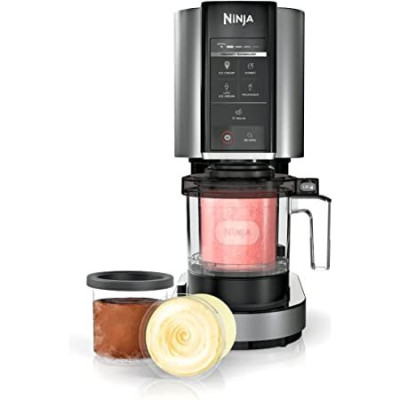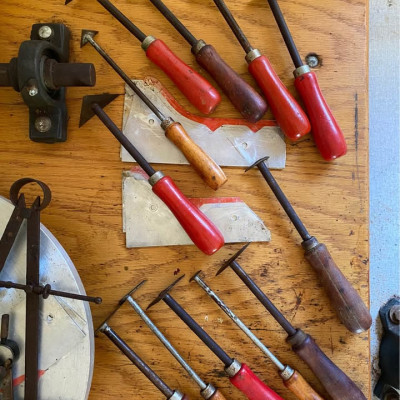Tuscan Tortellini Pasta: A Culinary Journey Through Tuscany
Tuscany, a region in central Italy renowned for its picturesque landscapes, rich history, and exceptional cuisine, has gifted the world many culinary treasures. Among these, Tuscan Tortellini Pasta stands out as a beloved dish that encapsulates the essence of Tuscan cooking. This article delves into the origins, ingredients, preparation, and variations of Tuscan Tortellini Pasta, offering a comprehensive exploration of this delicious Italian specialty.
Origins and History
Tortellini, a type of pasta shaped like small rings or dumplings, has its roots in the Emilia-Romagna region of Italy, specifically in the cities of Bologna and Modena. However, the Tuscan variant of tortellini pasta has adapted to local tastes and ingredients, reflecting the rich culinary traditions of Tuscany.
The origins of tortellini are steeped in legend. One popular story suggests that the shape of the tortellini was inspired by the navel of the goddess Venus, symbolizing both beauty and fertility. While this tale is charming, the true history of tortellini is grounded in the Italian tradition of creating stuffed pasta, which dates back to the Middle Ages.
In Tuscany, tortellini pasta has evolved to incorporate regional ingredients and flavors. The Tuscan variant often features fillings and sauces that highlight the area's local produce and culinary preferences.
Ingredients and Preparation
Traditional Tortellini
Traditional tortellini are made from a simple dough of flour and eggs. The dough is rolled out thinly, cut into small squares or circles, and filled with a mixture of meat, cheese, or vegetables. The edges of the dough are then pinched together to form the characteristic ring shape.
Typical fillings for Tuscan tortellini include:
Pork and Prosciutto: A mixture of ground pork and finely chopped prosciutto, seasoned with herbs and spices.
Ricotta and Spinach: A combination of creamy ricotta cheese and sautéed spinach, often flavored with nutmeg and Parmesan cheese.
Mushrooms: A savory filling made from finely chopped mushrooms, garlic, and herbs.
Tuscan Tortellini Variations
In Tuscany, the filling ingredients are often locally sourced, reflecting the region's agricultural abundance. For instance, Tuscan tortellini may feature fillings made from wild game, such as hare or venison, or local cheeses like pecorino.
To make Tuscan tortellini:
Prepare the Dough: Mix flour and eggs to create a smooth, elastic dough. Roll it out thinly on a floured surface.
Make the Filling: Choose a filling based on your preference—pork and prosciutto, ricotta and spinach, or mushrooms. Mix the ingredients thoroughly.
Form the Tortellini: Cut the dough into small squares or circles. Place a small amount of filling in the center of each piece. Fold the dough over the filling and press the edges together to seal. Shape the pasta into rings.
Cook the Tortellini: Boil the tortellini in salted water until they float to the surface and are cooked through. This usually takes about 2-4 minutes, depending on the size of the pasta.
Sauces and Accompaniments
Tuscan tortellini is often served with a variety of sauces, each enhancing the flavors of the pasta in its unique way. Some classic Tuscan sauces include:
Butter and Sage: A simple yet elegant sauce made by melting butter in a pan and adding fresh sage leaves. This sauce complements the delicate flavors of the tortellini, especially those with cheese or mushroom fillings.
Tomato and Basil Sauce: A fresh, vibrant sauce made from ripe tomatoes, garlic, onions, and basil. This sauce pairs well with meat-filled tortellini, adding a tangy and aromatic contrast.
Creamy Parmesan Sauce: A rich and creamy sauce made from heavy cream and Parmesan cheese. This indulgent sauce is perfect for tortellini filled with pork or prosciutto.
Regional Variations
While Tuscan tortellini is beloved throughout Italy, different regions put their own spin on this classic dish. For example:
Emilia-Romagna: Known as the birthplace of tortellini, this region features tortellini with a variety of fillings, including a traditional meat mixture of pork, prosciutto, and mortadella.
Lazio: In this region, tortellini are often served in a broth, providing a comforting and flavorful soup.
Campania: Here, tortellini might be paired with a rich tomato sauce or baked with cheese in a casserole.
Serving Suggestions
Tuscan tortellini can be served as a first course or a main dish, depending on the portion size and accompanying ingredients. For a traditional Tuscan meal, consider serving the tortellini with a side of seasonal vegetables or a light salad. A glass of Chianti or another Tuscan wine can enhance the dining experience, complementing the flavors of the pasta.
Conclusion
Tuscan Tortellini Pasta is a culinary gem that embodies the spirit of Tuscan cuisine. With its rich history, versatile ingredients, and delicious flavors, this dish offers a delightful taste of Tuscany. Whether you're preparing it with a traditional filling or exploring regional variations, Tuscan tortellini remains a beloved and enduring favorite in Italian cuisine. By understanding its origins, mastering its preparation, and experimenting with different sauces, you can bring a piece of Tuscany to your own kitchen and savor the essence of Italian culinary artistry.






